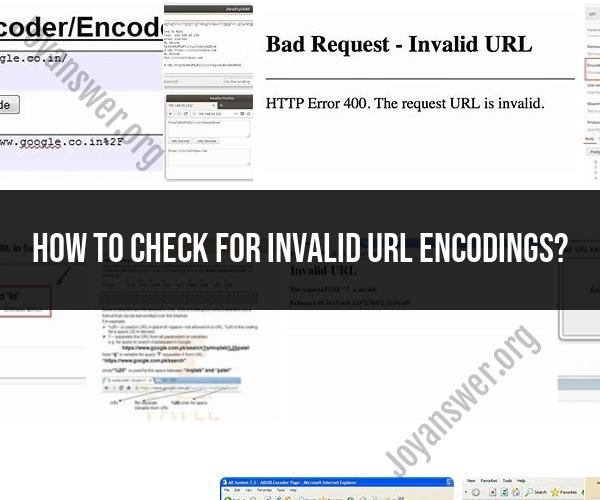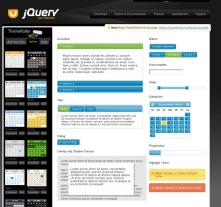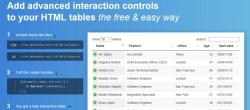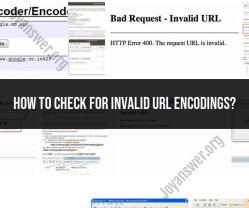How to check for invalid URL encodings?
Detecting invalid URL encodings is important for web applications and services to ensure that URLs are correctly processed and don't cause issues. Here are some effective methods to check for invalid URL encodings:
Use URL Decoding: One common approach is to decode the URL and check if it results in a valid URL. If decoding fails or results in unexpected characters, it indicates that the URL encoding is invalid. Most programming languages provide URL decoding functions or libraries.
Regular Expressions: Regular expressions can be used to validate URL encodings. You can create a regular expression pattern that matches valid URL-encoded characters and symbols. Anything outside this pattern can be considered invalid.
Character Whitelisting: Maintain a whitelist of valid characters for URL encoding. Compare each character in the URL-encoded string against this whitelist. If any character is not in the whitelist, it's likely an invalid encoding.
Check for Special Characters: Pay special attention to characters like '%', '&', '=', '?', etc., which have specific meanings in URLs. Ensure that these characters are used correctly and not duplicated.
Length Check: Check the length of the URL-encoded string compared to the original URL. If the lengths don't match, there may be an issue with the encoding.
Error Handling: Implement robust error handling in your application or service. When processing a URL, catch exceptions or errors that occur during decoding or parsing. Log these errors for further analysis.
Testing and Validation: Perform extensive testing with various URL encodings, including edge cases, to identify and handle invalid encodings gracefully.
Security Tools: Consider using web security tools and frameworks that can automatically detect and protect against various forms of URL manipulation and encoding attacks.
User Input Validation: If the URL is generated from user input, validate and sanitize user inputs before constructing the URL. Reject any inputs that contain invalid characters or patterns.
Log and Monitor: Implement logging and monitoring of URL-related activities in your application. This can help you detect and investigate any unusual or suspicious URL encodings.
Content Security Policy (CSP): Implement CSP headers on your web application to restrict the sources of content and scripts. This can help prevent certain types of attacks that involve manipulating URLs.
Regular Updates: Stay updated with the latest security best practices and vulnerabilities related to URL manipulation and encodings. Regularly update your application's security mechanisms.
It's crucial to strike a balance between strict validation and usability. While you want to detect and prevent invalid URL encodings, you also want to ensure that valid URLs are processed correctly. Testing, monitoring, and ongoing security reviews are essential to maintaining the security of your web application or service.






